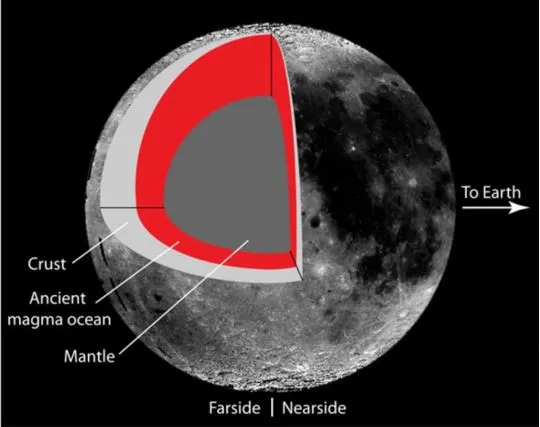

26th June 2024 (15 Topics)
Context
China has become the first country to successfully collect and return samples from the far side of the Moon, marking a significant milestone in lunar exploration and space technology.
Key Highlights
- Chang'e-6 mission landed on the Moon's far side and collected from the South Pole-Aitken Basin.
- The samples include 2.5-million-year-old volcanic rock and other material that scientists hope will answer questions about differences between the moon’s two sides.
- The samples are expected to answer one of the most fundamental scientific questions in lunar science research:
- What geologic activity is responsible for the differences between the two sides?
Why Far Side of the Moon is difficult to catch?
|
PYQ
|
Mains Practice Question
Q. Analyze the scientific and geopolitical implications of China's successful retrieval of lunar samples from the far side of the Moon. How might this achievement influence the future of international space exploration and cooperation?
More Articles



